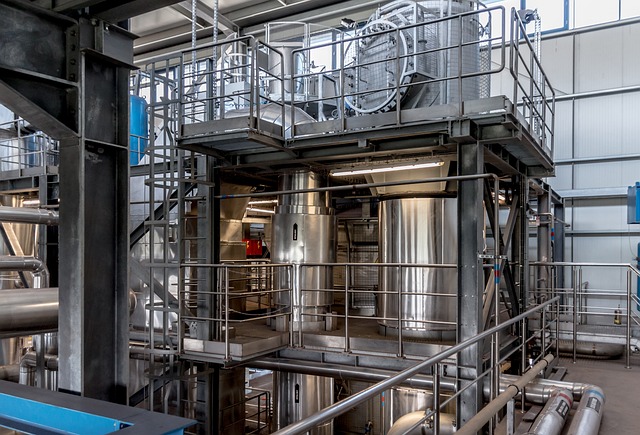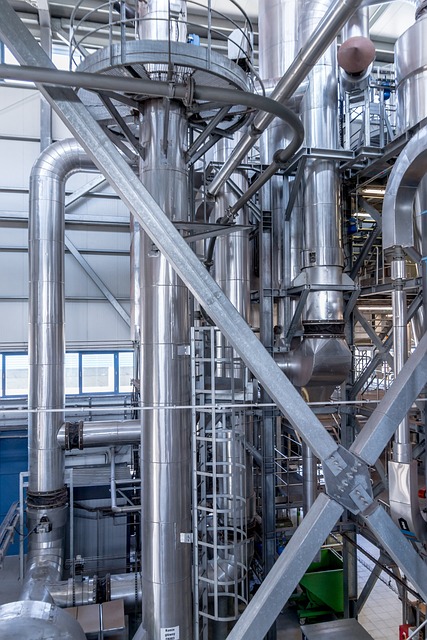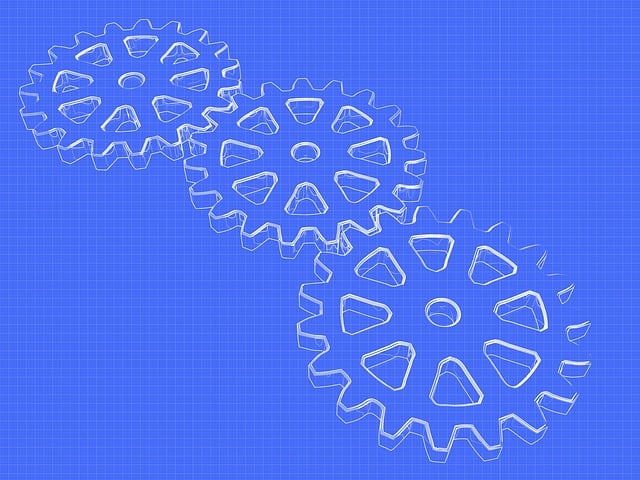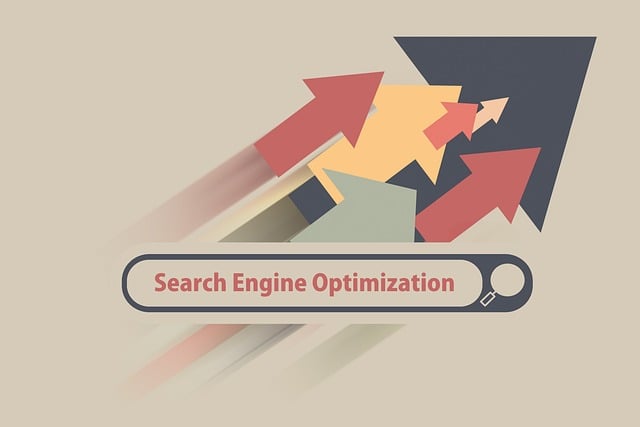In today's digital era, content clustering using Technical SEO Techniques addresses information overload by organizing related content for enhanced user experience and search engine optimization. Text Similarity Metrics, Vector Representation Algorithms (TF-IDF, Word Embeddings), Latent Dirichlet Allocation (LDA) Topic Modeling, Hierarchical Clustering, and K-Means Clustering are key techniques. Hybrid approaches combine these to improve accuracy and efficiency. Cluster quality evaluation using silhouette score and Calinski-Harabaz index ensures meaningful organization, refining content structures for better user navigation and search engine rankings.
Content clustering is a powerful technical SEO technique that organizes vast amounts of information, enhancing user experience and search engine optimization. This article delves into the intricacies of content clustering techniques, exploring why it’s essential in today’s digital landscape. We’ll cover various methods, from text similarity metrics to topic modeling (LDA) and hierarchical clustering, plus hybrid approaches. Learn how to evaluate cluster quality and refine results for optimal SEO performance.
Understanding Content Clustering Necessity

In today’s digital era, content creation has burgeoned, leading to a vast sea of information that can be overwhelming for both users and search engines alike. This is where Content Clustering Techniques come into play as indispensable Technical SEO techniques. By organizing and categorizing content, these techniques enable better information retrieval and enhance user experience, which are paramount for search engine rankings.
Understanding the necessity of content clustering is crucial in optimizing online platforms. It involves grouping similar or related pieces of content together, making it easier for users to navigate and for search algorithms to index. This strategic approach not only improves website functionality but also ensures that content is presented in a structured, meaningful way, thereby boosting overall Technical SEO efforts.
Text Similarity Metrics for Grouping

In content clustering, Text Similarity Metrics play a pivotal role in grouping similar documents together. These metrics quantify the likeness between text fragments or documents based on various linguistic and semantic features. One of the most commonly used techniques involves comparing the cosine similarity of vector representations generated from textual data using algorithms like TF-IDF (Term Frequency-Inverse Document Frequency) or Word Embeddings.
Technical SEO Techniques, such as these vector-based approaches, enable more accurate clustering by capturing both term frequencies and document frequencies, ensuring that clusters are not only semantically relevant but also aligned with search engine optimizations. Additionally, metrics like Jaccard Similarity, which calculates the intersection over union of sets of words or terms, provide another powerful tool for identifying closely related content. By leveraging these Text Similarity Metrics, content clustering can deliver more meaningful and SEO-friendly groupings, enhancing overall website performance in search engine results.
Topic Modeling: Latent Dirichlet Allocation (LDA)

Topic Modeling, a powerful technique in Natural Language Processing (NLP), is an unsupervised learning method that enables computers to understand and categorize text data by identifying hidden topics. One of the most prominent algorithms in this field is Latent Dirichlet Allocation (LDA). LDA assumes that each document in a collection is a mixture of various topics, and these topics are distributed according to a Dirichlet distribution.
This algorithm iteratively assigns probabilities to words belonging to different topics while updating the topic distributions. By doing so, it discovers underlying thematic structures within large text corpora, making it an invaluable tool for various Technical SEO Techniques. For instance, in content clustering, LDA can group similar articles together, aiding in efficient website navigation and enhancing user experience.
Hierarchical Clustering: Agglomerative Approach

Hierarchical clustering is a powerful content clustering technique that employs an agglomerative approach, beginning with each data point as its own cluster and iteratively merging clusters based on similarity until all points are grouped into one. This method constructs a hierarchy of clusters, often represented in a dendrogram, which visualizes the process of consolidation. By using technical SEO techniques like keyword analysis and semantic understanding, hierarchical clustering can group content items that share similar themes or topics, facilitating organization and navigation.
The algorithm starts by comparing each pair of clusters and merging them if they are considered similar enough, based on predefined distance metrics or similarity measures. This process is repeated recursively until a single cluster remains, representing the most comprehensive grouping. This hierarchical structure allows for flexible content organization, enabling users to explore content at different levels of abstraction. It’s particularly useful in applications where content needs to be categorized dynamically and presented in a nested manner, enhancing user experience through intuitive navigation.
K-Means: Centroid-Based Segmentation

K-Means clustering, a popular technical SEO technique, is a centroid-based segmentation algorithm that groups data points into distinct clusters based on their similarity. This process involves initializing K centroids randomly and iteratively reassigning data points to the nearest centroid until convergence. By focusing on minimizing the distance between data points and their assigned centroids, K-Means facilitates the identification of inherent patterns and structures within large datasets.
This method is particularly useful in content clustering where it can segment a vast collection of documents or articles into meaningful groups based on shared characteristics. For example, in the context of digital marketing, K-Means clustering could be employed to categorize customer reviews or blog posts according to their topics, sentiment, or other relevant criteria. This not only aids in better understanding consumer behavior but also enables targeted content delivery and personalized user experiences.
Hybrid Techniques: Combining Methods

Hybrid techniques represent an advanced approach in content clustering, where multiple methods are combined to enhance clustering accuracy and efficiency. By integrating different algorithms or strategies, these techniques leverage the strengths of each individual method while mitigating their weaknesses. For instance, a hybrid model might start with a topic modeling algorithm like Latent Dirichlet Allocation (LDA) for initial grouping, followed by hierarchical clustering for refining the clusters.
This two-stepped process allows for better categorization as it first identifies broad themes using LDA’s probabilistic approach and then fine-tunes these clusters through the structured hierarchy of hierarchical clustering. Such hybridization not only improves Technical SEO Techniques but also ensures more meaningful content organization, leading to enhanced user experiences and better search engine rankings.
Evaluating and Refining Cluster Quality

Evaluating cluster quality is a crucial step in content clustering, ensuring that the generated groups are meaningful and useful. Various metrics and techniques can be employed to assess the effectiveness of clusters, such as silhouette score, which measures the density and separation between clusters. A higher silhouette score indicates better cluster cohesion and distinction. Another Technical SEO technique, Calinski-Harabaz index, optimizes for both intra-cluster similarity and inter-cluster variation, providing a comprehensive view of cluster quality.
Refining clusters involves iteratively applying these evaluation metrics, adjusting parameters, and exploring different clustering algorithms to achieve the best outcomes. This process is particularly important when dealing with large datasets or content types that exhibit complex relationships. By continually evaluating and refining clusters, content clustering techniques can deliver more organized, relevant, and search-engine-friendly structures for digital content.
